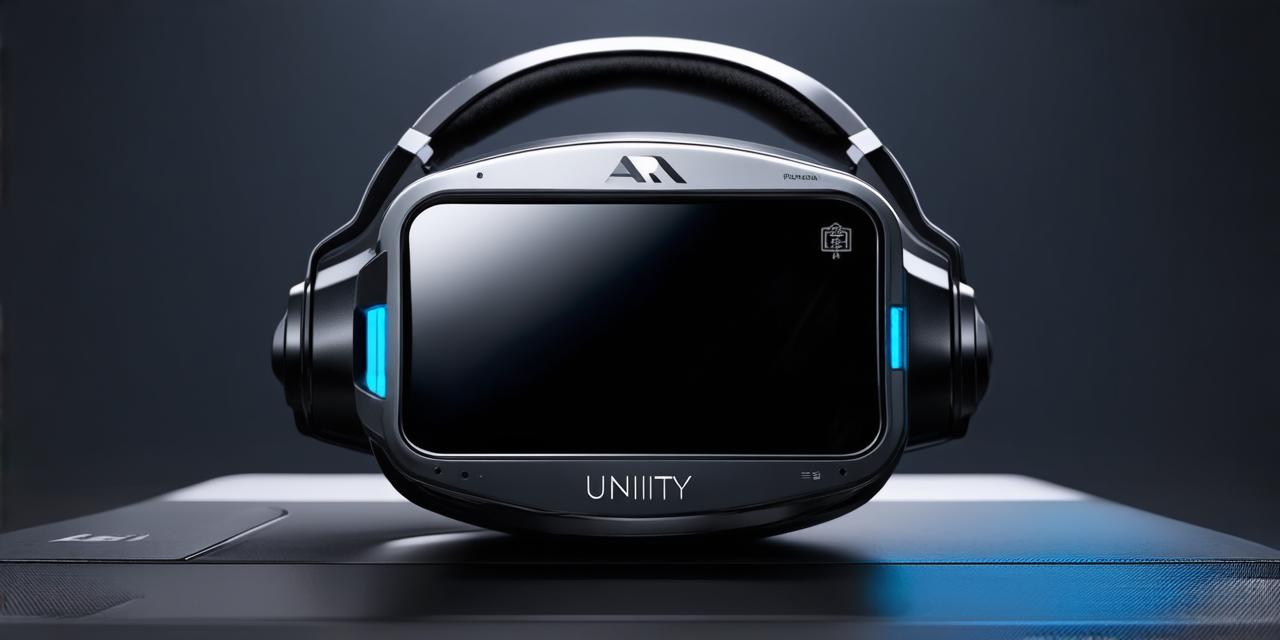<!DOCTYPE html>
What is Unity?
Unity is a popular game engine that can also be used for AR development. It allows developers to create interactive 3D experiences on various platforms, including mobile devices, desktop computers, and virtual reality (VR) headsets. Unity has a large community of developers and provides a wide range of tools and features to help you create engaging AR experiences.
Unity Techniques for AR Development
1. Camera Tracking
Camera tracking is a technique that allows the AR application to track the position and orientation of a device’s camera in real-time. This enables developers to place virtual objects in the real world and interact with them using hand gestures or voice commands. Unity provides a built-in camera tracking system that can be easily integrated into AR applications.
Case Study: IKEA Place
IKEA Place is an AR app that allows users to visualize how furniture would look in their home before making a purchase. The app uses camera tracking to place virtual furniture in the real world, and users can move and rotate the objects using hand gestures. This feature has been instrumental in helping IKEA increase its sales by providing customers with a better understanding of how furniture would fit into their homes.
2. Object Tracking
Object tracking is a technique that allows the AR application to track the position of physical objects in the real world. This enables developers to create interactive experiences where virtual objects can be placed on top of or interact with physical objects. Unity provides a built-in object tracking system that can be easily integrated into AR applications.
Case Study: Pokémon GO
Pokémon GO is an AR game that allows players to catch virtual creatures in the real world. The app uses object tracking to place virtual creatures on top of physical objects, such as buildings or landmarks. This feature has been instrumental in making the game more engaging and interactive for users.
3. Image Recognition
Image recognition is a technique that allows the AR application to recognize images in the real world and trigger an action or display information. This enables developers to create interactive experiences where users can interact with real-world objects using their mobile devices. Unity provides built-in image recognition capabilities that can be easily integrated into AR applications.
Expert Opinion
According to Dr. David Hellyard, a professor of computer science at the University of California, Irvine, “AR development requires a combination of technical skills and creative thinking. Developers need to understand the limitations of AR technology and work within those constraints to create engaging and interactive experiences.”
FAQs
1. What is AR development?
AR development involves creating interactive 3D experiences on various platforms using augmented reality technology.
2. What are some common Unity techniques used for AR development?
Some common Unity techniques used for AR development include camera tracking, object tracking, and image recognition.
3. How can I get started with AR development using Unity?
To get started with AR development using Unity, you can visit the Unity website and download the latest version of the engine. You can then explore the built-in features and tools and start creating your own AR experiences.
Conclusion
AR development is a rapidly growing field that requires specialized skills and knowledge. Unity provides developers with a range of tools and features to help them create engaging and interactive AR experiences. By mastering Unity techniques such as camera tracking, object tracking, and image recognition, you can create unique and innovative AR applications that will capture the imagination of your users. With the increasing popularity of AR in various industries, there has never been a better time to start learning about this exciting technology.

